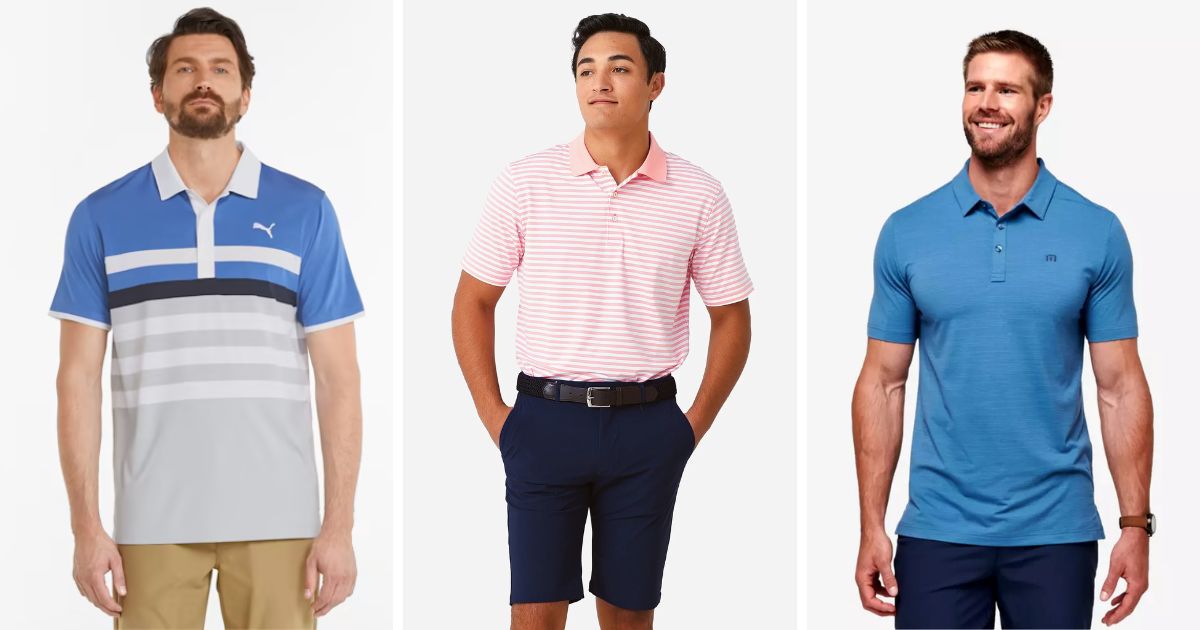As an avid golfer and industry insider, many of you who read my reviews and articles will know that one topic I'm deeply passionate about is ensuring the long-term sustainability of our great game. Over my many years working in golf equipment sales and marketing, I've had the privilege of getting to know researchers, environmental groups and manufacturers who are striving to raise awareness about some of the less discussed challenges facing golf. One such issue that doesn't often get the attention it deserves is the staggering amount of golf balls that end up polluting our delicate ecosystems each year due to being lost by players. However, through the pioneering work of conservationists like Dr. Matthew Savoca, the scale of this problem is finally coming to light.
According to Savoca’s research conducted near renowned coastal courses in Pebble Beach, it’s estimated that single location alone could be losing over 180,000 balls annually to the surrounding ocean waters. When you consider there are well over 15,000 courses worldwide situated along coastlines, lakes and rivers, it’s truly frightening to imagine the combined global total. Some estimates put the number of balls lost by golfers worldwide at 3-5 billion annually! These modern balls, comprised of materials like polybutadiene cores and urethane covers that are designed for durability, can take decades or even centuries to naturally decompose.
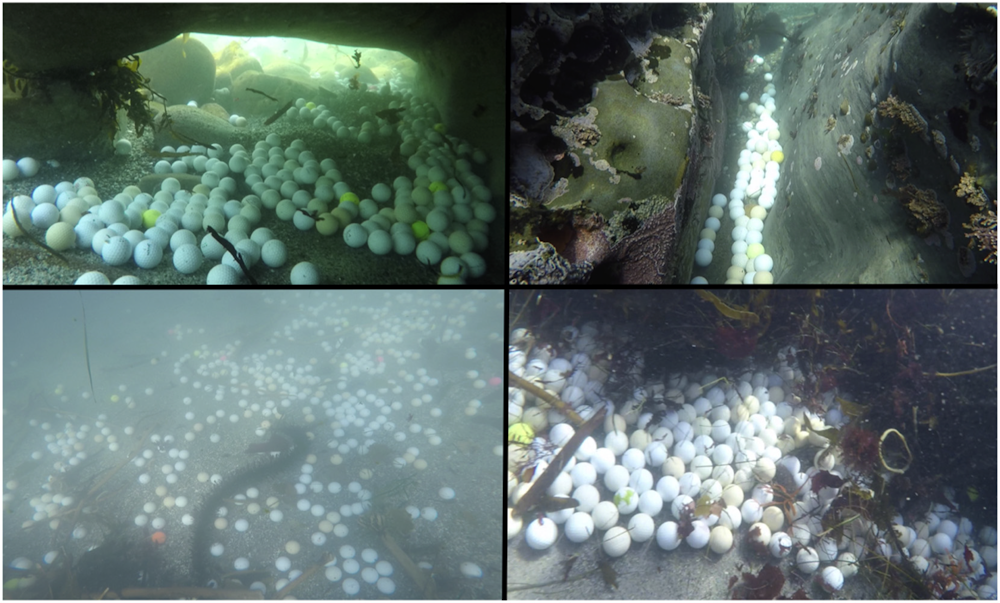
Dense aggregations of golf balls littering the sea floor in the Monterey Bay National Marine Sanctuary, California. Alex Weber, CC BY-ND
This presents huge problems for wildlife that encounter these “forever chemicals” as they very slowly break down. Dr. Savoca’s work has shown certain toxins like zinc and polymers that leach out over time pose acute risks for sensitive marine animals. Even more alarming is that as balls degrade into microscopic plastic fragments, these pollutants enter the food chain and ultimately our own bodies. Once in this condition, the contamination can never be cleaned up. Therefore, proactive collection of balls while they're still large enough to retrieve is critical to curbing long-lasting pollution impacts.
Pebble Beach has thankfully begun collaborating with Savoca and professional divers to address this issue head-on through an active ball collection program at their course. As stewards of one of the most scenic lands in golf, Pebble Beach recognizes their responsibility to safeguard the pristine environments in which the game is played. All clubs would be wise to follow suit and prioritize sustainable ball mitigation strategies.
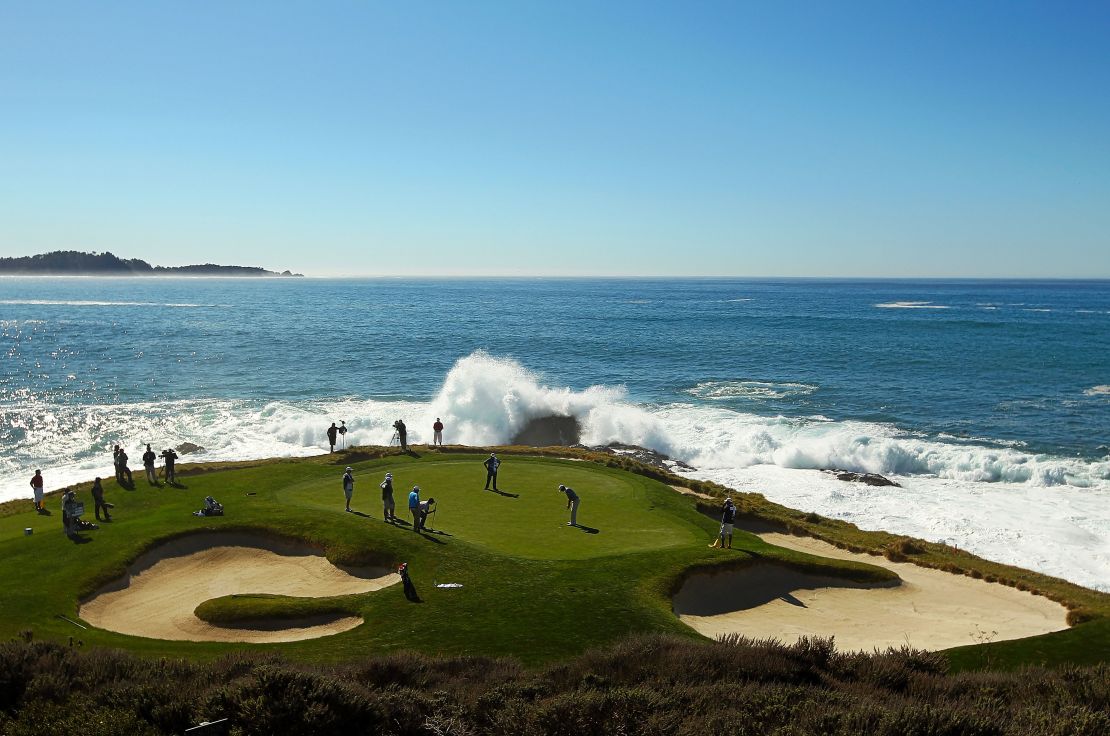
Several of Pebble Beach's holes, including the seventh (pictured in 2012), run along the ocean's edge. Ezra Shaw/Getty Images
Of course, individual players must also do their part by thoroughly searching when a ball goes astray, rather than giving up quickly and unintentionally littering. While some balls will always be unrecoverable, the staggering 1.5 billion estimated lost annually in the U.S. alone shows there is still room for improvement. Manufacturers also have an opportunity to expand ball take-back programs that retrieve, reuse and recycle equipment no longer in play.
Innovators are additionally working on "greener" ball alternatives like those from Biodegradable Golf Balls that break down harmlessly if lost in water within a few weeks. However, the technology is not yet at a point where performance has been matched for serious players. I hope to see larger brands putting more resources towards developing high-performing bio balls that are competitive enough to gain broad acceptance among golfers. Together, industry efforts paired with more conscientious habits could make serious inroads against the rising tide of lost ball waste.
Of course, banning golf altogether or restricting course placement is not the answer either. Instead, the solution lies in cooperation between researchers, clubs, manufacturers, governing bodies and players themselves. We must find balanced solutions that continue to grow participation in the sport while also shrinking its environmental footprint. As golf industry insiders and enthusiasts, both protecting our pastime and conserving fragile ecosystems must become shared priorities. There are already some encouraging signs of progress, but much work remains if billions of pieces of plastic are to stop ending up where they don't belong each season.
A sea otter holds a golf ball in the Monterey Bay National Marine Sanctuary. Alex Weber of the Plastic Pickup
I hope shining a light on this issue through articles like this one will help bring more awareness among golfers. Every little bit we each do to Leave It Better matters. Sustainability needs to become ingrained as deeply in our sport's culture as etiquette and tradition already are. Most importantly, researchers providing data like Dr. Savoca are helping create a playbook for how golf can proactively address its impacts. My goal is to support their efforts by continuing open and thoughtful discussions to find collaborative paths forward.
Please join me in raising awareness of this critical topic within our golf community. And as always, let me know if you have any other questions! I'll keep working to bring you the latest insights, deals and eco-friendly products to help enjoy our game in an increasingly sustainable way.
Read more: Hidden Golf Gem Provides Unforgettable Experience in New Mexico

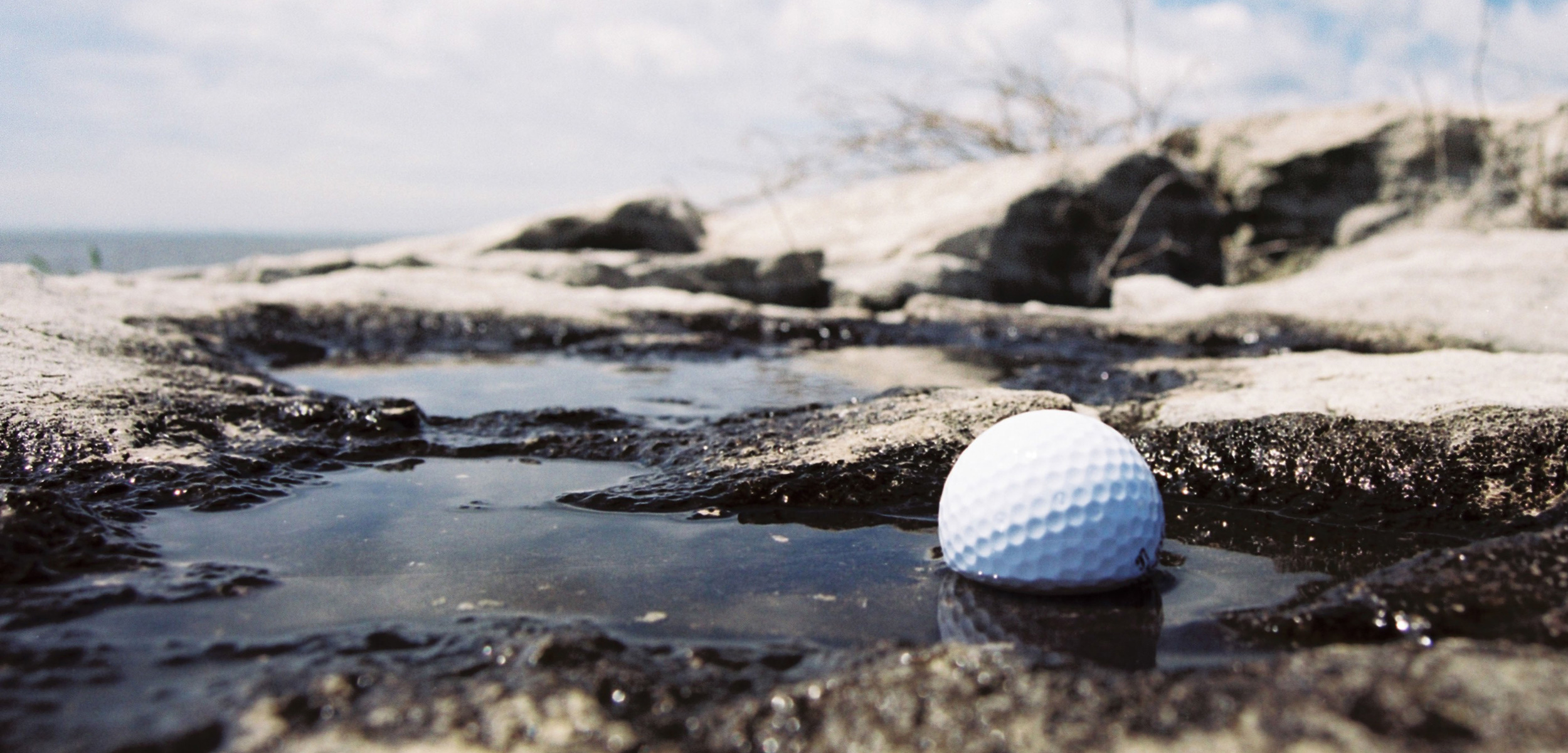




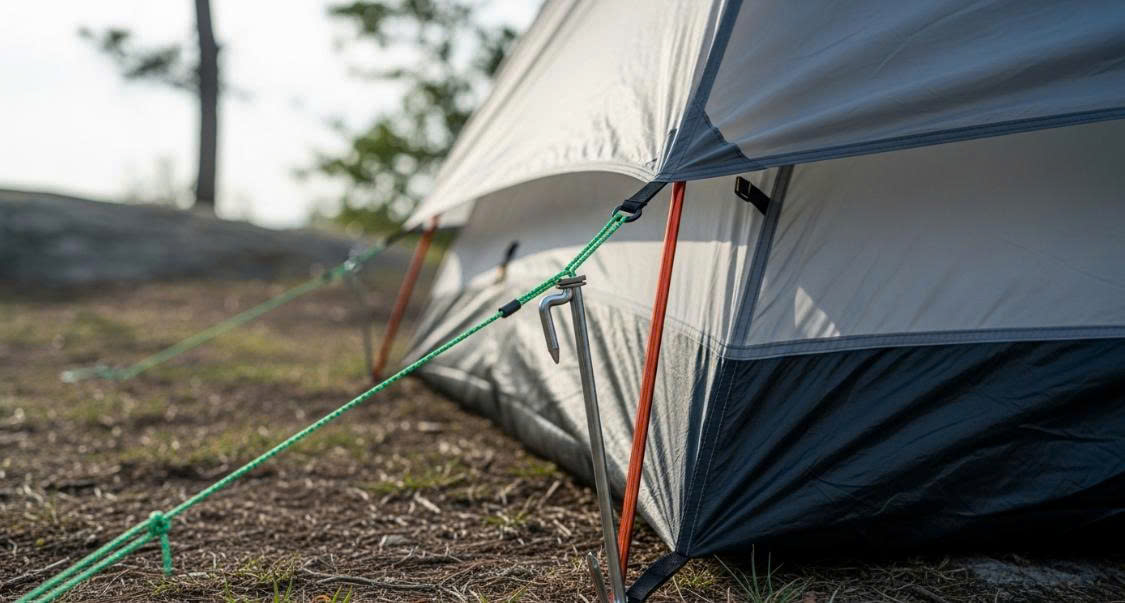

.jpg)
.jpg)




